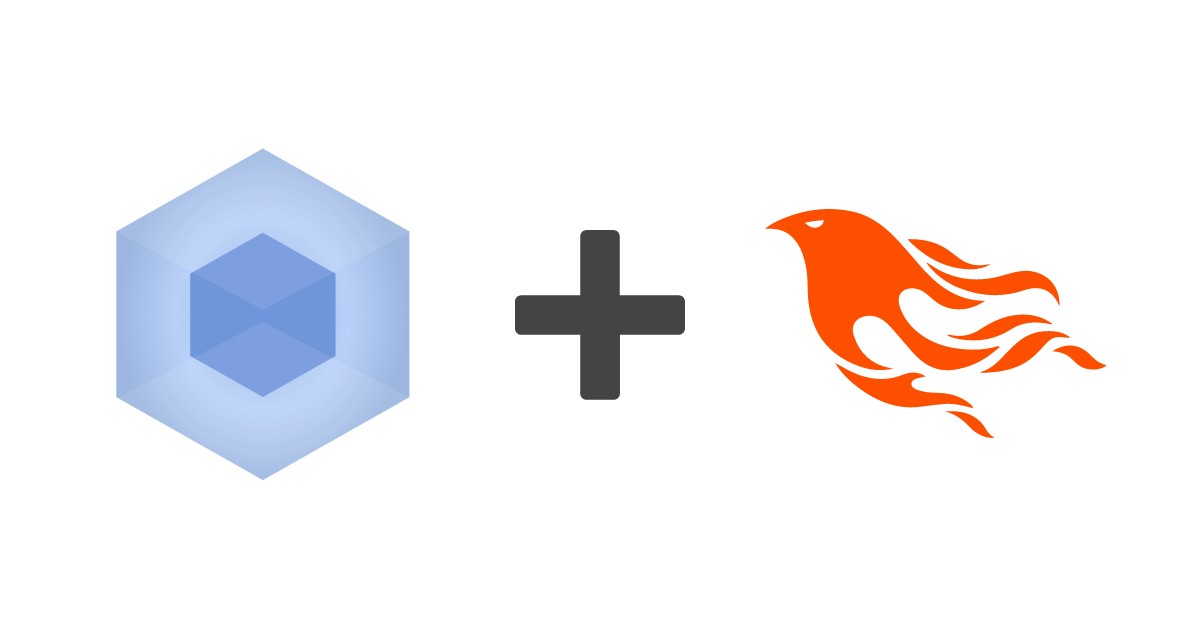
How to use a launch template in AWS Batch compute environment with custom user_data file
AWS Batch is a service from AWS to run batch processes on custom compute environments.
Among all the services I’ve used on AWS, Batch is, in my opinion, the most rough and less integrated with Terraform. One example of how Batch isn’t the most shining service in the AWS world is the integration between the Batch compute environment and the EC2 launch template.




